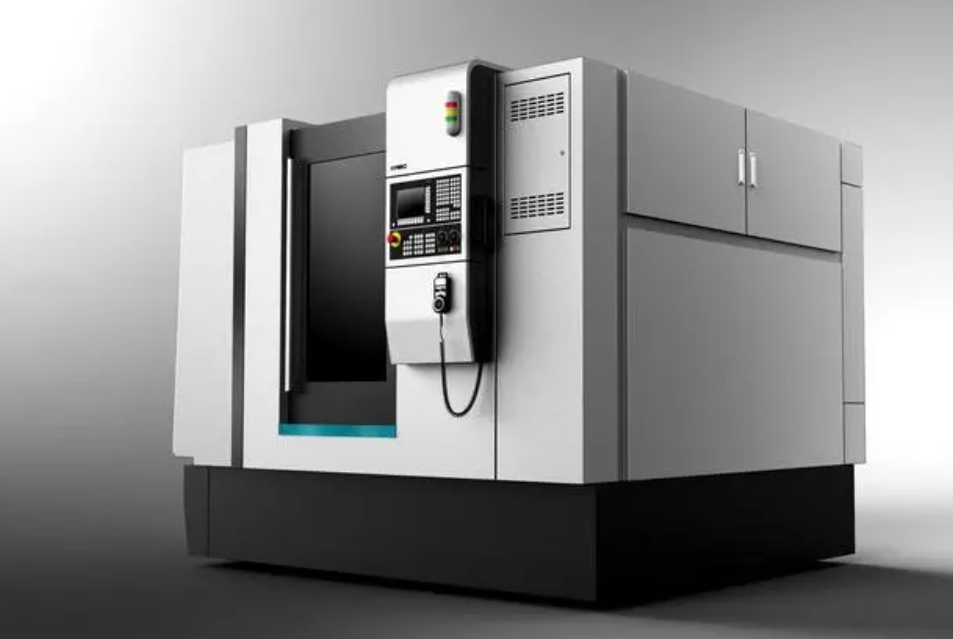Data-Driven Manufacturing: Shaping the Future of CNC and Metal Fabrication+ View more
Data-Driven Manufacturing: Shaping the Future of CNC and Metal Fabrication
+ View more
Date:2023-12-20 19:57
In the realm of CNC and metal fabrication, the integration of data-driven methodologies heralds a new era of innovation and efficiency. This article navigates the transformative potential and the imminent evolution brought by data-driven approaches in shaping the future of these industries.
Evolution of Data-Driven Manufacturing in CNC and Metal Fabrication
Data-driven manufacturing has revolutionized CNC and metal fabrication. From traditional processes relying on manual inputs to the advent of Computer-Aided Manufacturing (CAM) systems, the evolution towards data-driven approaches has significantly enhanced precision, productivity, and quality.
Role of Data Analytics in CNC Machining
Data analytics plays a pivotal role in CNC machining. Advanced sensors and machine monitoring systems collect real-time data, offering insights into tool performance, process optimization, and predictive maintenance. Analyzing this data empowers manufacturers to make informed decisions, improving efficiency and reducing downtime.
Optimization through Predictive Modeling
Predictive modelling reshapes metal fabrication. Finite Element Analysis (FEA) and simulation software predict material behaviour, tool paths, and potential defects. These simulations optimize designs, mitigate errors, and refine manufacturing processes, ensuring superior quality and efficiency.
Machine Learning Applications in Metal Fabrication
Machine learning algorithms drive innovation in metal fabrication. These algorithms, when fed with data, learn patterns, and optimize machining parameters. Adaptive control systems adjust in real-time, ensuring consistent quality and enhancing adaptability to varying production conditions.
Smart Factories and IoT Integration
The evolution towards smart factories integrates IoT devices and interconnected systems in CNC and metal fabrication. These interconnected networks enable seamless communication between machines, facilitating data exchange and real-time monitoring. This connectivity streamlines workflows reduces waste, and enhances overall productivity.
Cybersecurity and Data Integrity Challenges
As data-driven manufacturing progresses, cybersecurity becomes paramount. Safeguarding sensitive data from cyber threats and ensuring data integrity are critical. Robust cybersecurity measures and encryption protocols are essential to protect proprietary designs and production data.
Future Trajectory and Innovation
Looking ahead, the trajectory of data-driven manufacturing promises continued innovation. Advancements in AI, digital twins, and remote monitoring systems foretell a future where real-time data analytics and adaptive manufacturing redefine precision and efficiency in CNC and metal fabrication.
Conclusion
In conclusion, data-driven manufacturing marks a transformative phase in CNC and metal fabrication. The fusion of data analytics, predictive modelling, machine learning, and IoT integration reshapes these industries' landscapes. The future isn't just about machining; it's about harnessing data-driven insights to sculpt a future where precision and efficiency are paramount in CNC and metal fabrication.
Data-driven manufacturing isn't just a leap forward; it signifies a fundamental shift toward precision, efficiency, and innovation, paving the way for a new era of manufacturing excellence in CNC and metal fabrication.
Share to:
Recommend wonderful blog posts

